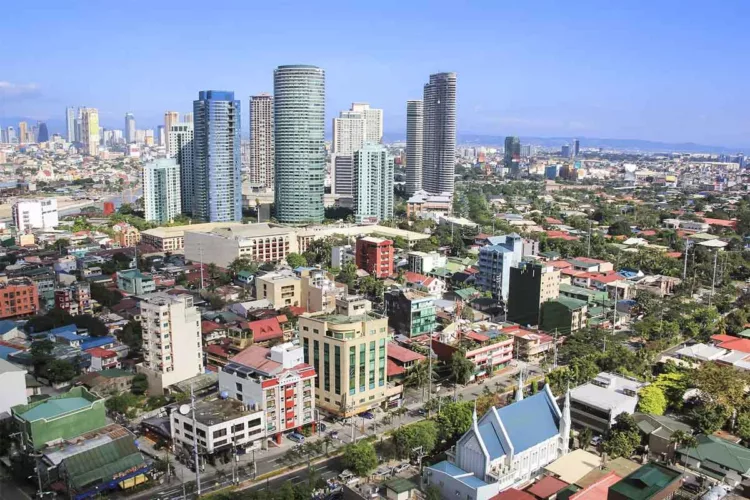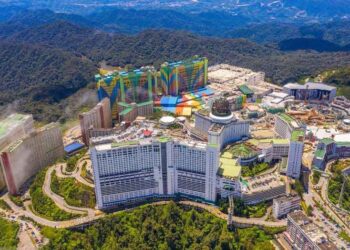Philippine gaming regulator PAGCOR revealed Tuesday that its National Database of Restricted Persons (NDRP) contains more than 560,000 names – mostly elected officials – following confirmation that an international hacking group had gained access.
However, the agency refuted suggestions by the group that the NDRP contained the names of many addicted gamblers.
Deathnote Hackers International this week claimed responsibility for accessing and then leaking information from the NDRP through an online hacker forum.
In an announcement, the group stated, “The majority on the list are government employees or elected officials … since they are strictly banned this includes police officers and others in government service.
[The] list is assorted in a way that suggests there is still a possibility some people on it might gamble and [be] addicted.
“PAGCOR, let’s call it what it is: you are an enabler of addiction, whether you like it or not.”
In response, PAGCOR insisted that the NDRP is not a list of gambling addicts but a compilation of names of people who are not allowed to gamble such as government officials.
It also clarified that its own systems were not accessed, claiming the list of names was likely obtained from one of its gaming licensees who have access to the NDRP so that they can screen and prevent restricted persons from gambling.
Ma. Vina Claudette Oca, PAGCOR Assistant Vice President for GLDD, said the current database contains over 560,000 names only, mainly elected officials sourced from the Department of the Interior and Local Government (DILG) website.
“The names on the list are not necessarily addicted gamblers; most are government officials who, by law, are not allowed to enter gambling establishments, thus their inclusion in the NDRP,” Oca said.
“There are also 1,711 banned persons in the NDRP. These are individuals who have been subject to requests for self-exclusion, family exclusion or exclusions initiated by our licensees, but they are not necessarily addicts or government officials.”
Oca added that the list is not yet complete given that there are millions of government workers nationwide.



































